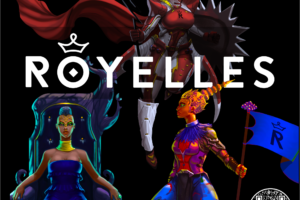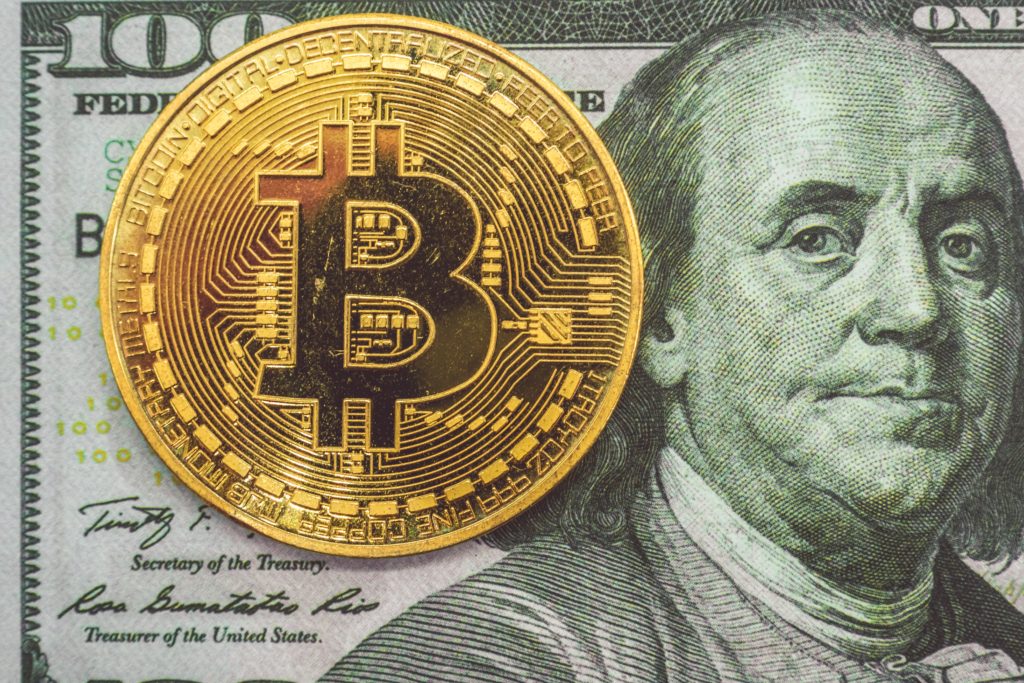
You might be curious about investing in crypto. You maybe even made a few bucks (or lost some, depending on your timing). But the infamous volatility in cryptocurrency value makes it almost unviable as an actual method of paying for goods and services. After all, you may dabble in digital money in an exchange, but would you be willing to accept your wages in Bitcoin? That’s where stablecoins are a game changer.
When FUD washes through the sensitive markets, digital coins like Bitcoin and Ethereum are highly unreliable. You could make a significant increase one day, but you could also take home half pay the next. Maybe that’s not a problem when it comes to purchasing a coffee or a FMCG, but when you’re buying high ticket items or receiving a regular salary, volatile cryptos are not the answer.
Enter Stablecoins
In an attempt to establish a commonly agreed upon worth, stablecoins are growing in popularity. Stablecoins are cryptocurrencies that are pegged to another stable asset. This includes the US dollar, gold, and even silver. That makes for low volatility, without tying it to any central bank and allows for more practical, everyday usage.
Stablecoins are causing a lot of excitement in the crypto world as they could be the catalyst for widespread adoption of digital money. The fact that they are still decentralized means that transaction fees are low or non-existent, and they offer a certain degree of privacy as well. But obviously the main advantage to stablecoins, as the name suggests, is their stability.
Stablecoins provide a viable altcoin that can be used in everyday transactions and for long term payment schemes as well.
So, the question now may be not whether stablecoins will take off, but who will be the first to do it successfully? There are already a few on the market, but they each have their advantages and drawbacks.
Tether
Tether is pegged to the US dollar and claims to be 100 percent backed by fiat currency. For every digital tether coin, there is a tangible dollar behind it. 1 tether USTD equals $1 USD. Simple. But not without its issues.
While its stable value is widely recognized, tether could be a ticking bomb, as its trading volume regularly exceeds its market cap. And more than one authority is beginning to question its claims. Its centralization goes against the cryptocurrency philosophy, as well.
MakerDao
Unlike Tether, Maker is decentralized. Like Tether, it is also pegged to the US dollar, but it’s backed by ETH as well. Their stable coins are called Dai and each one is worth $1 USD. The price stability is achieved through an autonomous system of smart contracts.
Being backed by ETH means that Dai is on the blockchain and therefore transparent. But the process of purchasing Dai is a little complex. Its entire system is hard to get to grips with and probably not user friendly enough to become mainstream.
NuBits
Don’t let the name put you off. NuBits has been successfully trading for a few years already, as one of the first stablecoins to emerge. When it first came out, cryptocurrency was not as volatile, and many people questioned the point of a digital currency that could not be used for investment purposes. But NuBits has proven its worth. The only market their USNBT coin lost value to was Bitcoin, which is hardly surprising considering the latter’s meteoric rise.
NuBits offers a good option for those looking for almost zero volatility. It’s also cheap to spend, as there are no vendor fees, which means it’s more attractive than using a credit card. And there are also no chargebacks for vendors, as all transactions are irreversible.
If cryptocurrencies will ever go mainstream or even replace fiat currency completely, they will need to be price stable. While Bitcoin and Ether continue to rise and fall, stablecoins could be on the up and up.

















Nice blog here! Also your web site loads up very fast! What host are you using?
Can I get your affiliate link to your host?
I wish my web site loaded up as fast as yours lol
I know this if off topic but I’m looking into starting
my own blog and was curious what all is required to get setup?
I’m assuming having a blog like yours would cost a pretty penny?
I’m not very web smart so I’m not 100% certain.
Any suggestions or advice would be greatly appreciated.
Many thanks
After going over a few of the blog posts on your site, I seriously like your
technique of writing a blog. I saved it to my bookmark webpage list and will be checking back soon. Please
check out my web site as well and tell me what you think.
Helpful information. Fortunate me I discovered your website by chance, and I am shocked why this accident didn’t came about
in advance! I bookmarked it.